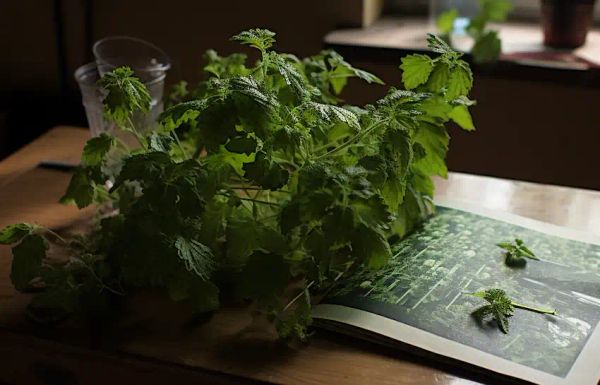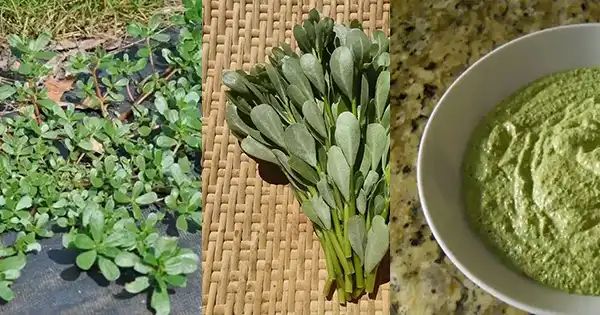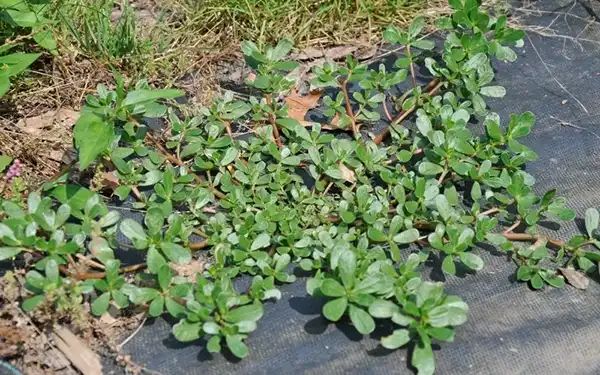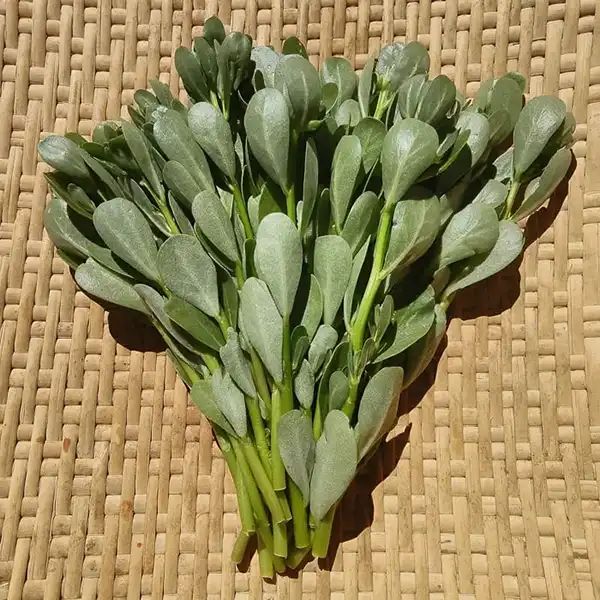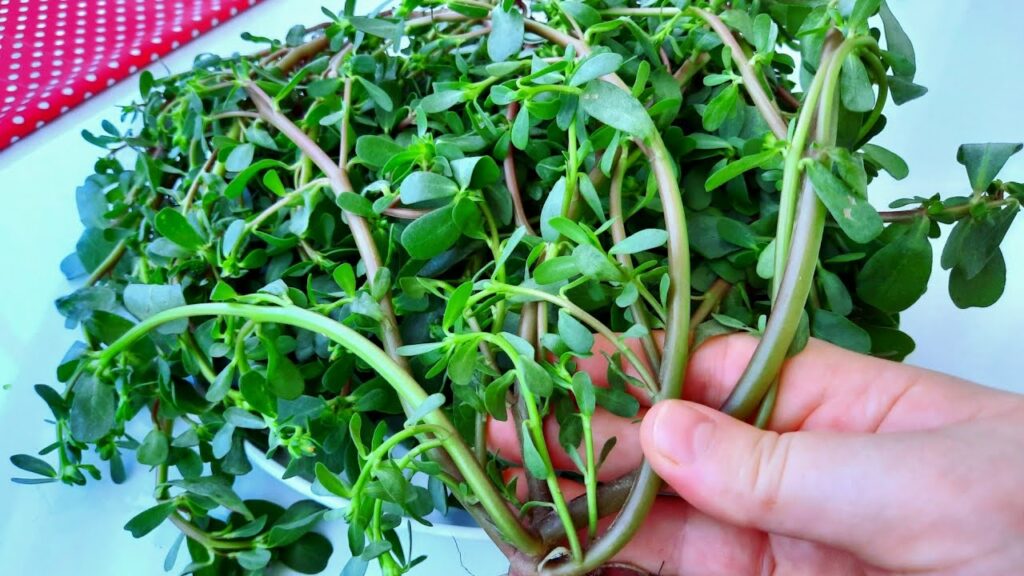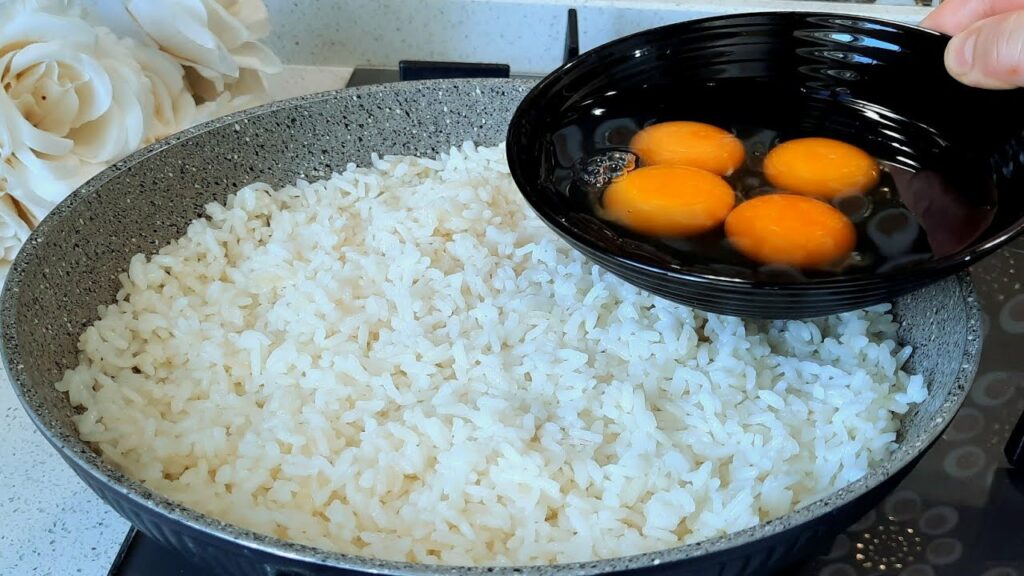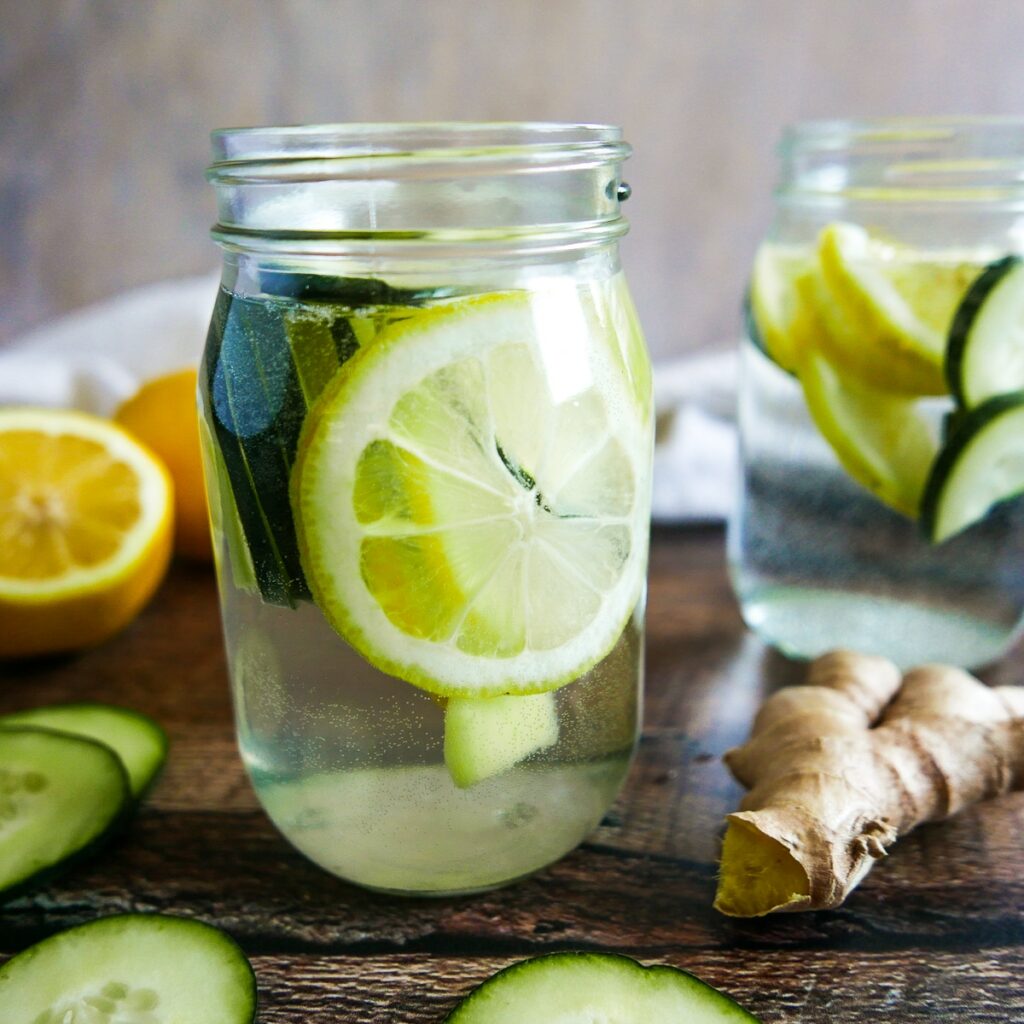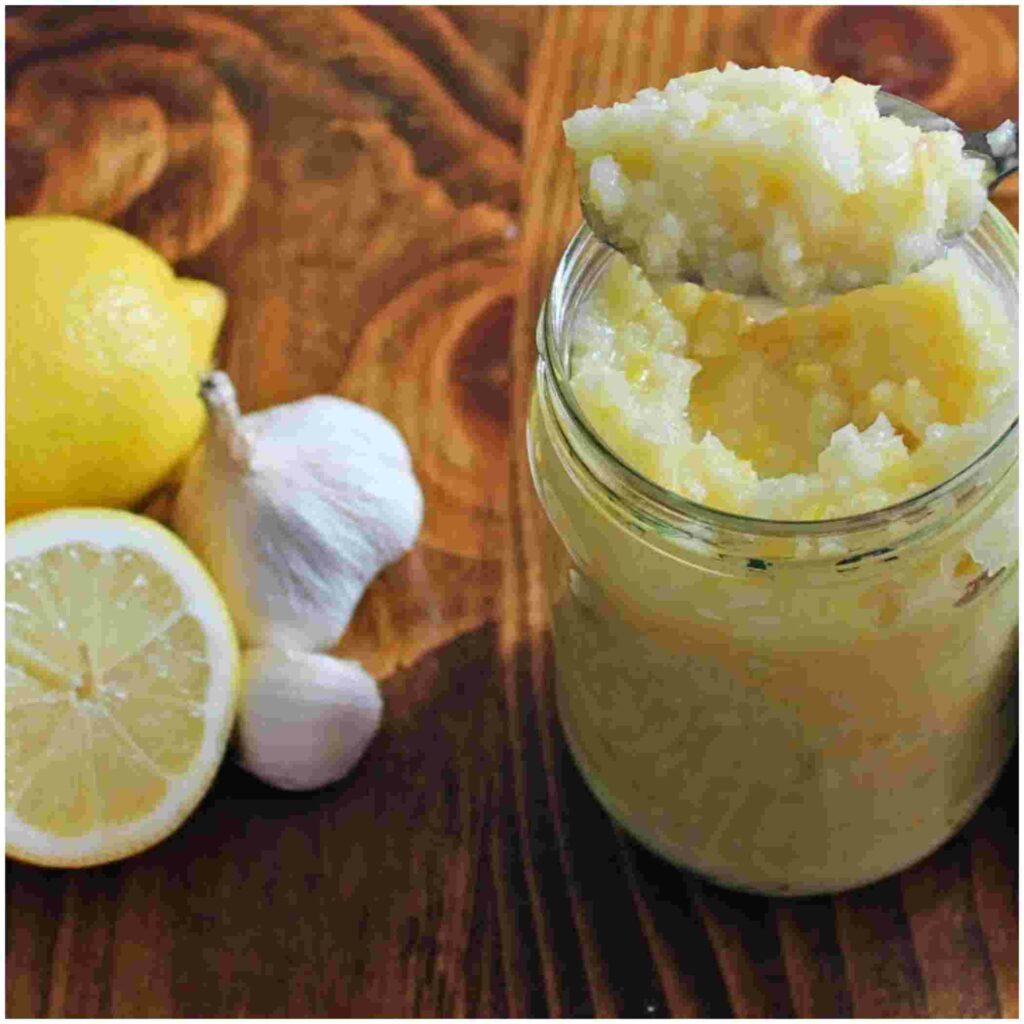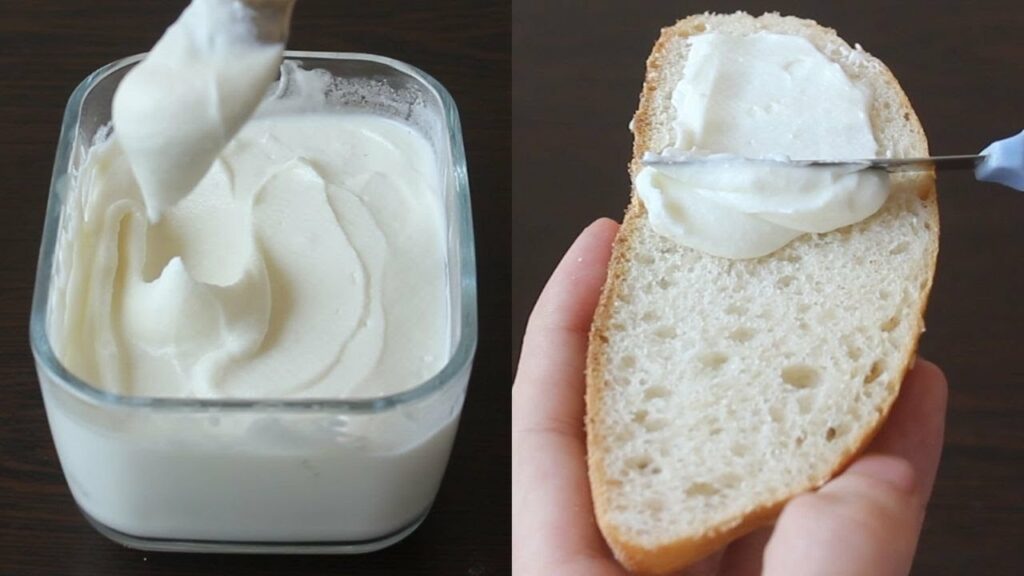
Who says you need to buy cream cheese when making it at home can be so easy and fun? With just a few simple ingredients and about five minutes of your time, you can whip up a batch of fresh, creamy cheese that’s healthier and tastier than the store-bought version. Whether you’re looking to spread it on a bagel, dollop it on a baked potato, or mix it into your favorite recipes, this homemade cream cheese is perfect for all occasions.
Why Make Your Own Cream Cheese?
Homemade cream cheese not only tastes fresher but also lets you control what goes into your food, avoiding the preservatives and artificial flavors found in many commercial brands. Plus, it’s a fun and satisfying project that can be done in no time at all!
Ingredients:
- 2 cups of plain Greek yogurt (full fat for the creamiest texture)
- A pinch of salt
- Optional: herbs, garlic powder, or sweeteners for flavoring
Equipment Needed:
- A large bowl
- A strainer
- Cheesecloth or a clean, thin dish towel
- A mixing spoon
Instructions:
- Prepare the Strainer: Set your strainer over a bowl large enough to catch the dripping whey. Line the strainer with your cheesecloth or dish towel.
- Strain the Yogurt: Pour the Greek yogurt into the lined strainer and sprinkle with a pinch of salt. If you want to add any flavors (like herbs or garlic powder), mix these into the yogurt before straining.
- Let It Drain: Allow the yogurt to drain for about 5 minutes. For a thicker cream cheese, you can leave it for a few more minutes. The longer it strains, the thicker and more cheese-like the texture will be.
- Check the Consistency: After 5 minutes, check the consistency of your cream cheese. If it has reached your desired thickness, you’re done; if not, let it strain a bit longer.
- Transfer and Enjoy: Once the cream cheese is to your liking, transfer it from the cheesecloth to a container if you’re not using it immediately, or enjoy it right away.
Serving Suggestions:
Your homemade cream cheese is versatile and can be used in various ways:
- Spread it on bagels or toast with some jam or honey for a sweet treat.
- Mix in chives, dill, or other fresh herbs for a savory spread.
- Use it in cheesecake recipes for a homemade touch.
A Healthy and Fun Choice
Making your own cream cheese not only allows for a healthier alternative to processed options but also adds a personal touch to your meals. It’s a quick, satisfying project that can brighten up your cooking and give you a fresh ingredient to use in your favorite recipes.

